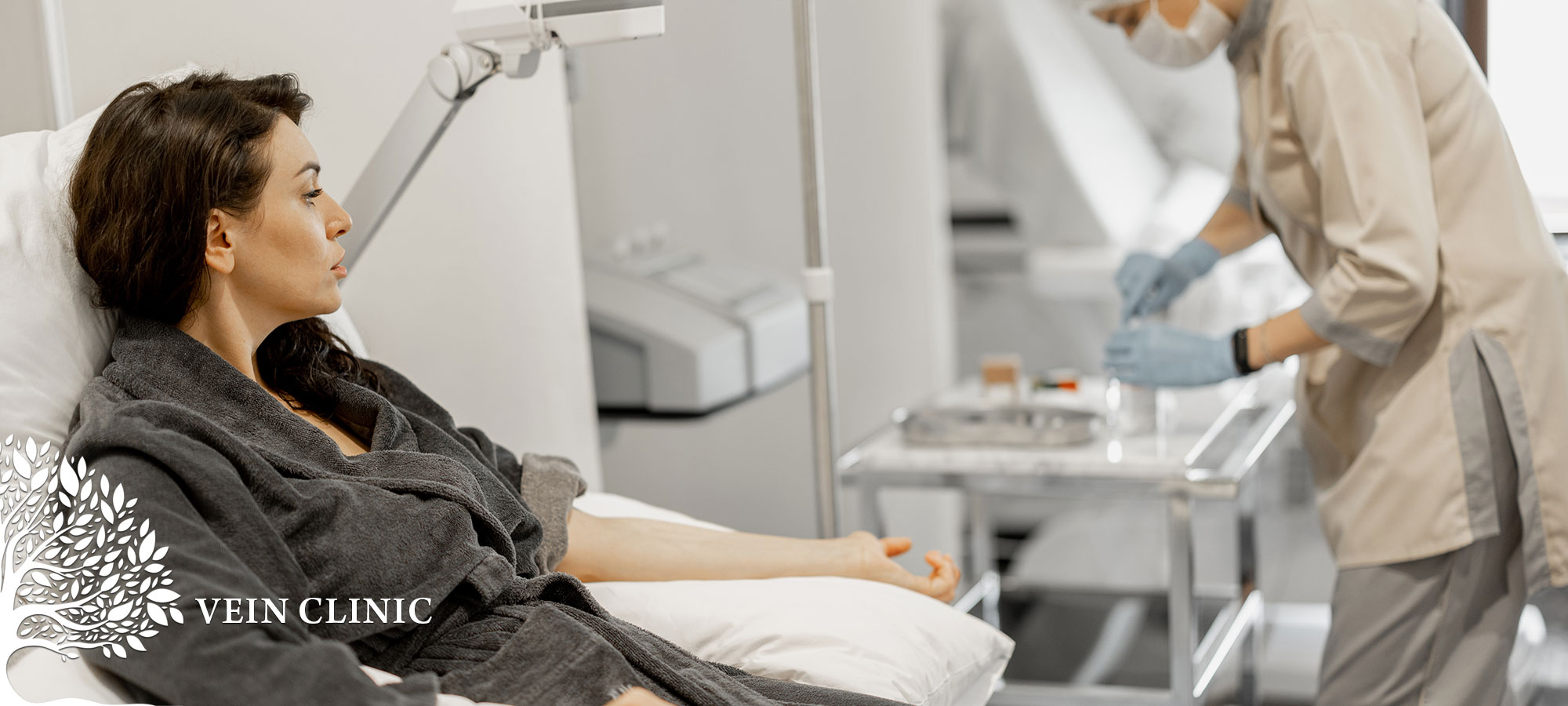
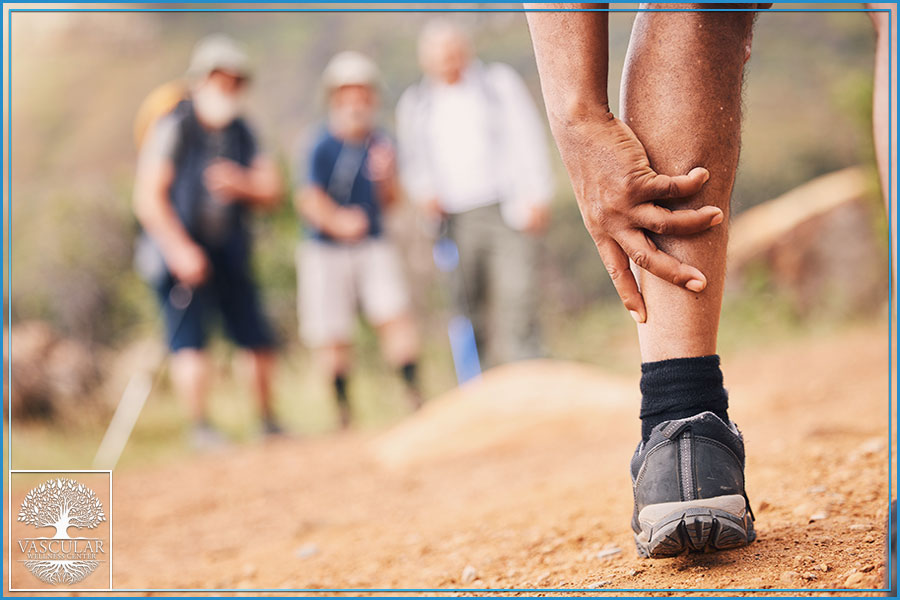
Deep Vein Thrombosis (DVT)
Deep Vein Thrombosis (DVT) occurs when a blood clot develops in one of the body’s deep veins, most often in the lower legs. Risk factors for DVT include prolonged inactivity, advanced age, obesity, recent surgery, and hormonal therapy use. A critical danger arises if the clot dislodges and travels to the lungs, causing a life-threatening condition called a pulmonary embolism (PE).

Chronic Venous Insufficiency (CVI)
Chronic Venous Insufficiency (CVI) is a common cardiovascular condition caused by malfunctioning valves in the veins of the lower legs. Normally, blood returns to the heart through regular leg movements like walking. When the valves fail to work correctly, blood can pool in the lower legs, leading to increased pressure, discomfort, and potential complications if left untreated. Approximately 150,000 new cases of CVI are diagnosed annually in the U.S., with an estimated $500 million spent on patient care. Women over 50, especially those with a history of multiple pregnancies, are most commonly affected.

Pelvic Congestion Syndrome
Pelvic Congestion Syndrome (PCS) affects women by causing a persistent, dull pain in the pelvis, along with a sensation of pressure or heaviness in the groin. Often, PCS is linked to varicose veins developing in the lower abdomen, groin, and ovaries. This condition typically impacts women aged 20–45 who have had two or more pregnancies, but it can also occur in women with no pregnancy history.
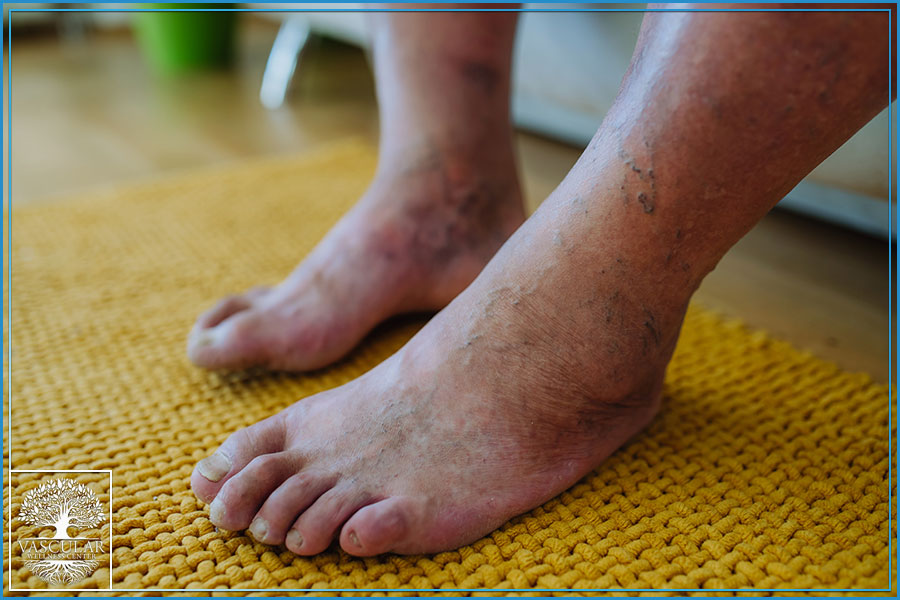
Lymphedema
Lymphedema is characterized by inadequate lymphatic fluid drainage, leading to an accumulation of lymph fluid and pronounced swelling in the limbs. In some cases, it can resemble conditions like venous blockages or heart failure.

May-Thurner Syndrome
May-Thurner Syndrome (MTS) is an uncommon anatomical condition affecting both men and women, typically diagnosed between ages 20 and 45. It leads to pronounced left leg swelling, pain, pressure, and a heavy feeling in the leg, and can cause serious issues such as Deep Vein Thrombosis (DVT) and Post-Thrombotic Syndrome. MTS occurs when the right iliac artery presses on the left iliac vein, hindering proper blood flow—much like two crossing vessels where one compresses the other.
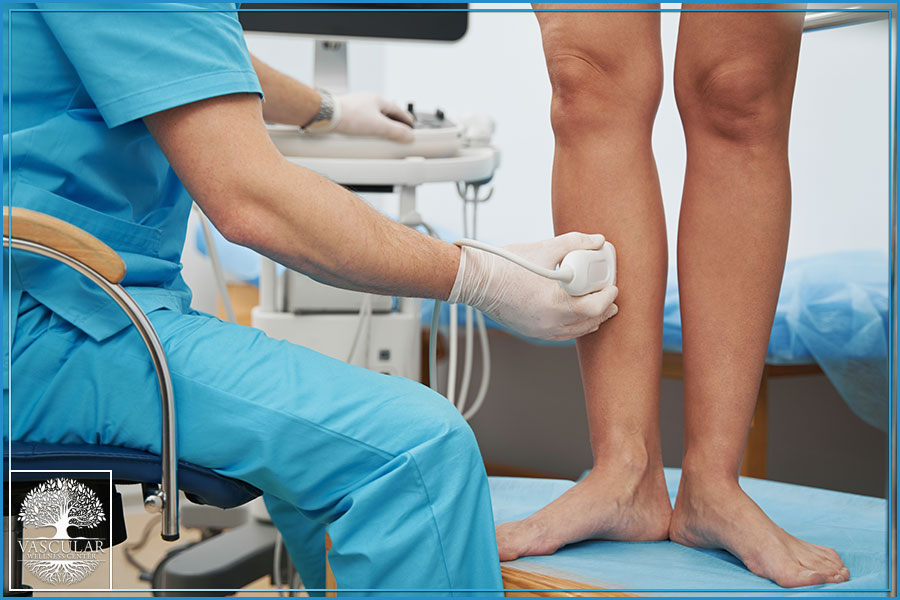
Post-Thrombotic Syndrome
Post-Thrombotic Syndrome (PTS) is a common issue that can arise following Deep Vein Thrombosis (DVT). Veins in the arms and legs have small valves inside them that help direct blood flow correctly. When a DVT occurs, the resulting clot can damage these valves and compromise normal circulation.
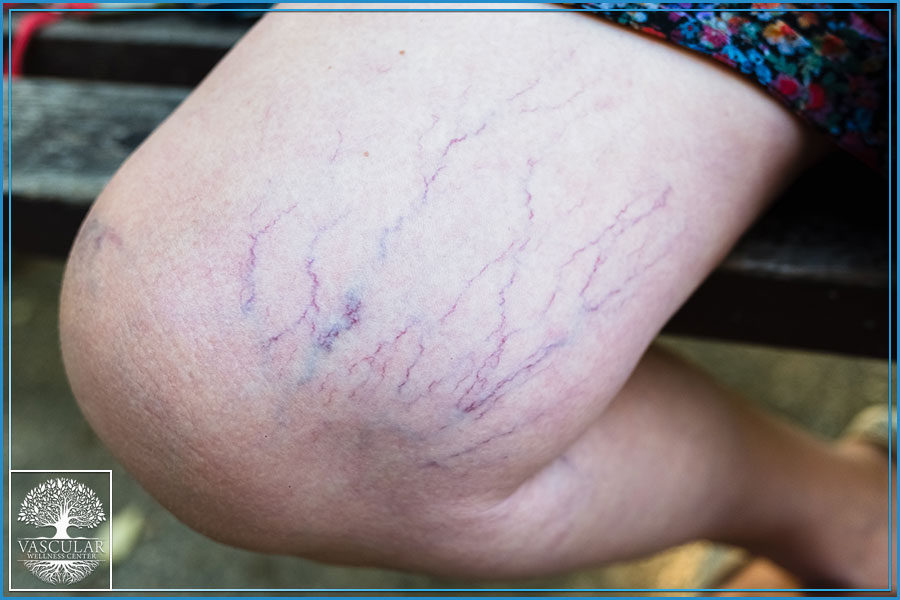
Spider Veins
Spider veins are small, visible veins lying just beneath the skin’s surface, often appearing as thin, branching or web-like lines. They may be blue, purple, or red and typically occur on the legs, ankles, feet, face, or pelvic area. Generally, they do not cause symptoms, but in rare instances, standing for extended periods can lead to mild discomfort.
Making certain lifestyle changes—such as maintaining a healthy weight, staying active, elevating your feet when you’re seated or lying down, and wearing compression stockings—can help prevent or minimize spider veins.
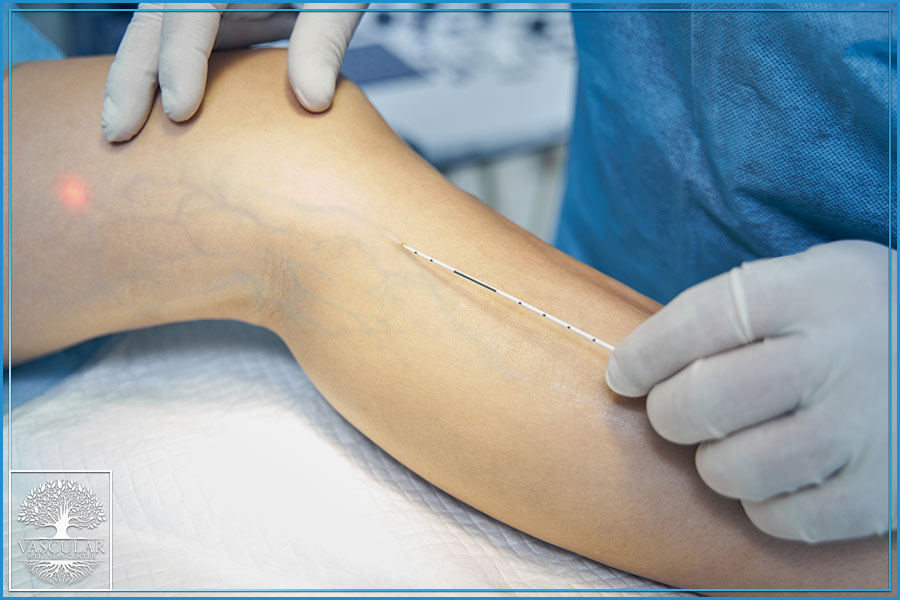
Reticular Veins
Reticular veins are visible veins located just beneath the skin’s surface, caused by valve dysfunction within the veins. Although they are larger than spider or telangiectasia veins, they do not protrude as varicose veins do. These veins can occasionally lead to pain or discomfort.
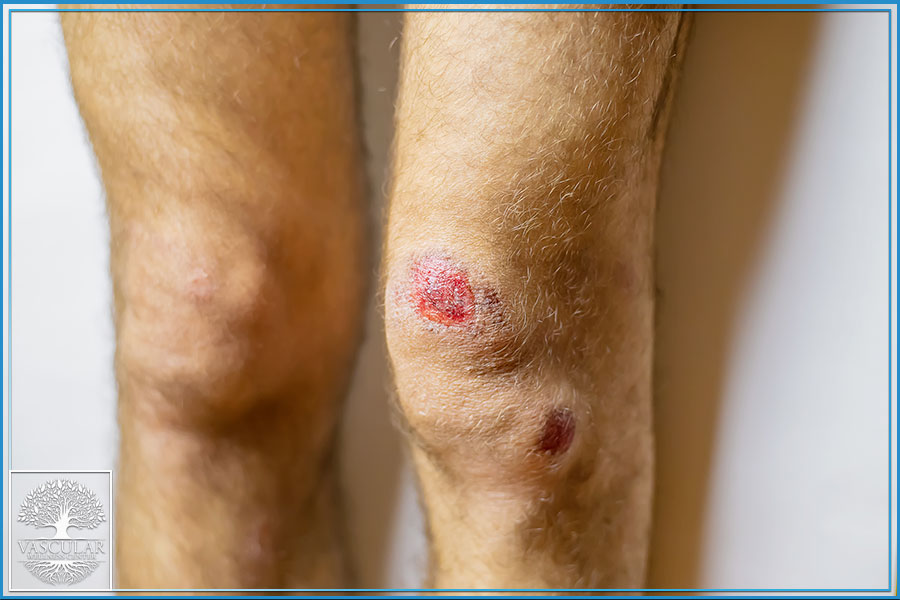
Skin Ulcers
Also referred to as venous ulcerations, venous ulcers, venous stasis ulcers, leg ulcers, or postphlebitic ulcers, skin ulcers are open sores typically appearing on the lower legs or ankles. They commonly stem from venous insufficiency, which impairs blood flow and increases pressure in the veins of the legs.
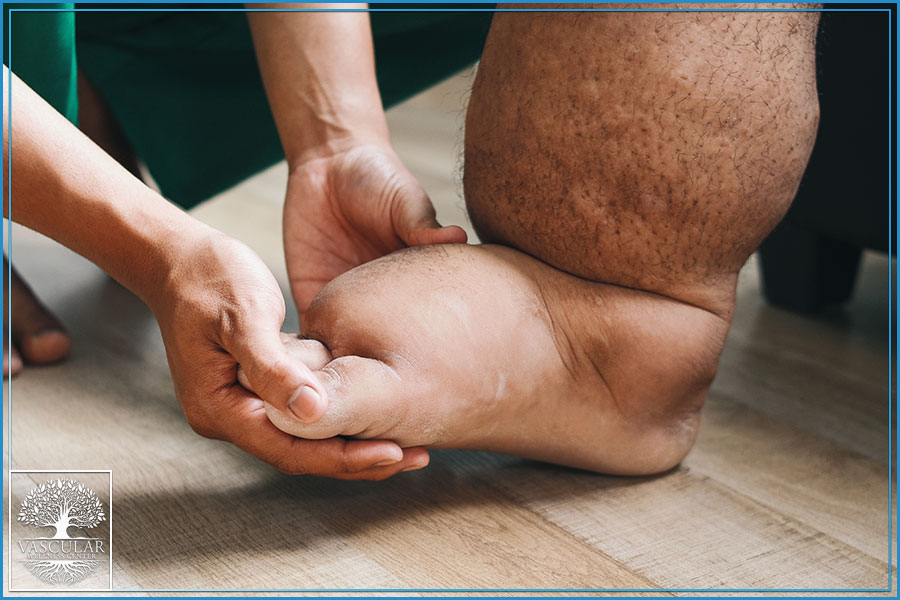
Lipodermatosclerosis
Also referred to as stasis dermatitis, sclerosing dermatitis, or woody edema, lipodermatosclerosis involves inflammation and thickening of the skin and underlying fatty tissue, primarily in the lower legs. It often stems from chronic venous insufficiency, where faulty vein valves hamper blood flow and increase pressure in the leg veins.

